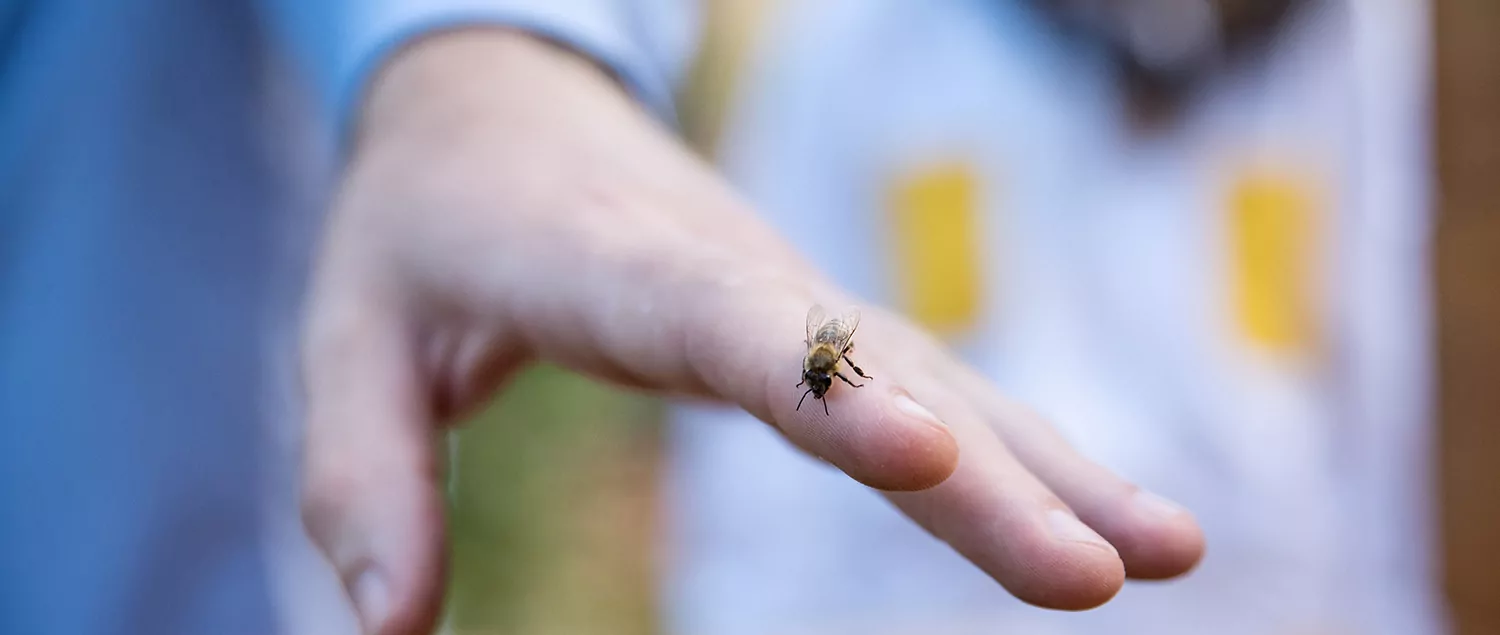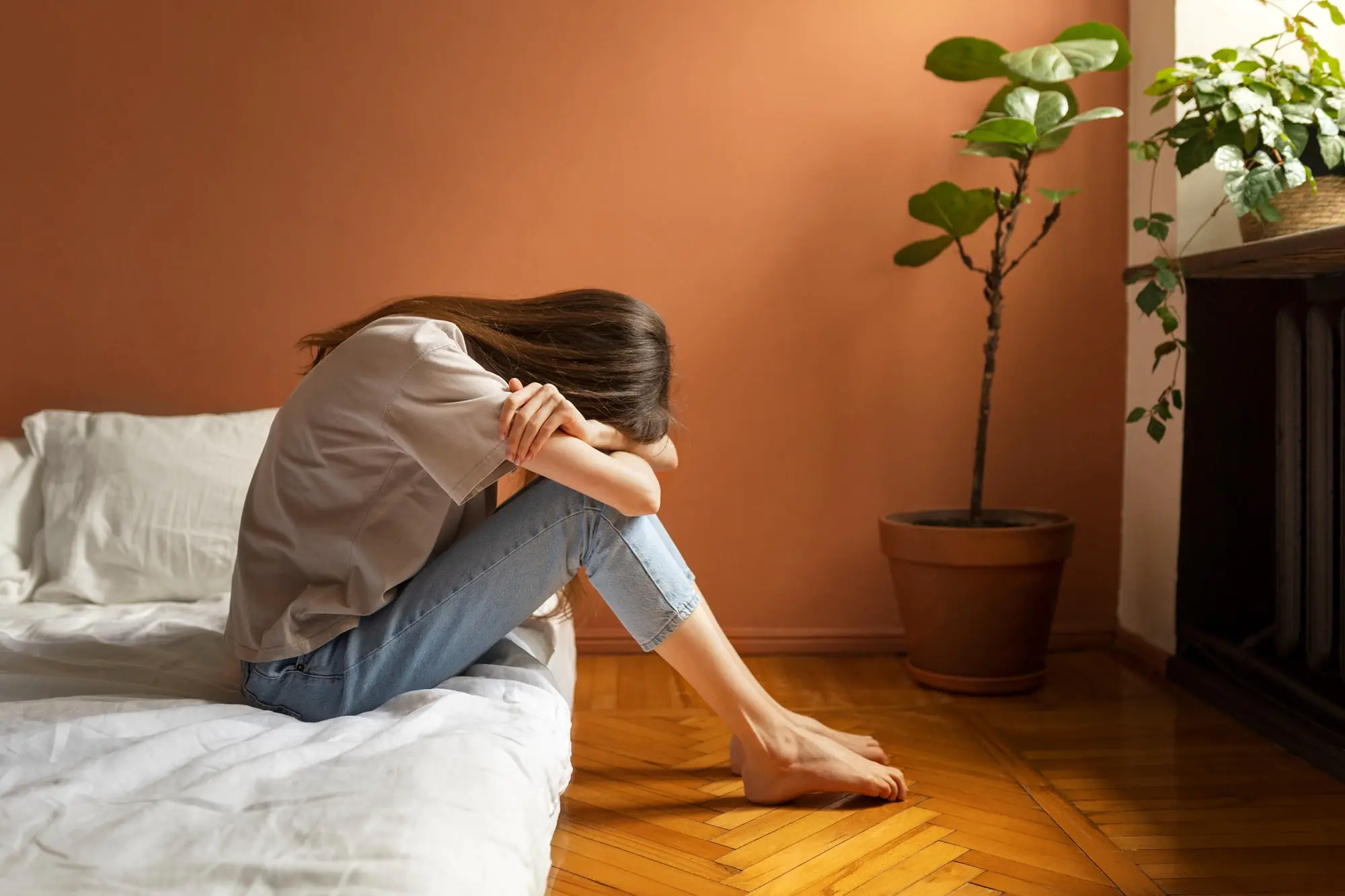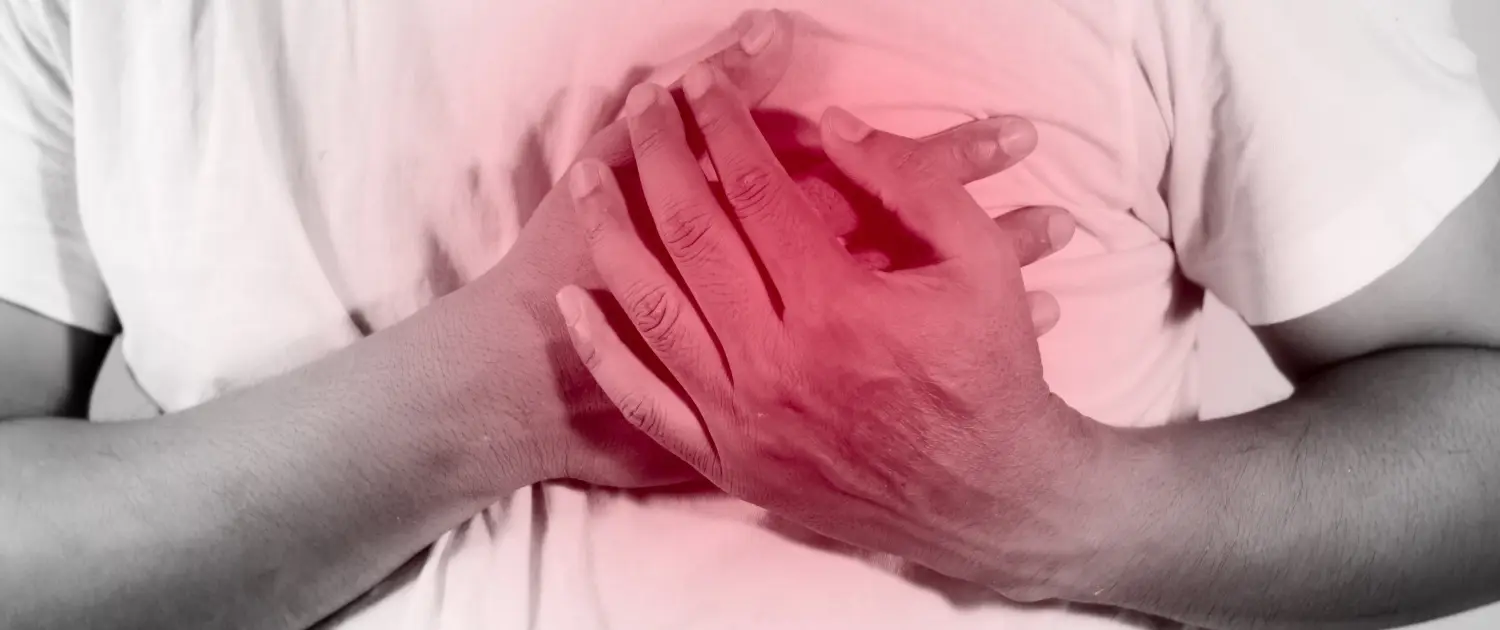What is Good for Bee Sting?
The bee has a hook-shaped body with a three-compartmented body structure, which they use as a protection organ.
is an arthropod with a stinger. The question “How does a bee sting happen?” can be answered with the answer that when bees feel threatened, they discharge the venom they produce into the other person’s body by sticking their stingers with the instinct of protection. Depending on the type of bee, after being stung by a bee, the stinger is usually lodged in the skin and continues to pump on its own, draining the venom. Black bee stings occur more frequently than other bee stings. Because black bees are more aggressive and aggressive.
Bee stings are quite common, especially in clear and sunny weather. People who have been stung by a bee often try to find the answer to the question “how to recognize a bee sting?” before finding a solution to the symptoms. Because in some cases people may not realize which creature has bitten them.
Bee stings often cause mild reactions with no symptoms other than simple swelling and localized pain. In this case, simple home remedies are sufficient. However, in people with bee allergy, changes that start with simple skin symptoms turn into severe symptoms such as difficulty breathing and loss of consciousness. These symptoms should be controlled with the help of specialists in hospitals.
 Reactions to bee stings include small local reactions, large local reactions and systemic (anaphylaxis) reactions. Bee stings most commonly cause a small local reaction. A large local reaction produces a lesion in an area larger than 10 centimeters. Bee stings may require knowledge and application of first aid methods. A very conscious first intervention should be made in bee stings, especially in people with bee allergy. The question “What is good for bee sting?” can be answered with the following items:
Reactions to bee stings include small local reactions, large local reactions and systemic (anaphylaxis) reactions. Bee stings most commonly cause a small local reaction. A large local reaction produces a lesion in an area larger than 10 centimeters. Bee stings may require knowledge and application of first aid methods. A very conscious first intervention should be made in bee stings, especially in people with bee allergy. The question “What is good for bee sting?” can be answered with the following items:
Treatment of minor reactions:
- If able, the needle should be removed as soon as possible with a fingernail or tweezers. Do not try to remove the needles below the skin surface. In some cases the bee may not have released its stinger. Especially if the sting was caused by wasps, the sting surface should not be searched for a stinger.
- The bite site should be washed with soap and water.
- A cold compress should be applied to answer the question “How does the bee sting swelling go down?”.
In the treatment of moderate reactions:
- In moderate reactions, the first step is to remove the needle stuck in the body. This can be done using a fingernail or tweezers.
- Wash the affected area with soap and water.
- Applying a cold compress helps to relieve the swollen area.
- To the question “When does the bee sting pain go away?”, the answer is that the pain usually subsides spontaneously within a few hours. However, if the pain is uncomfortable, painkillers can be used.
- If the sting site is the arm or leg, these areas can be elevated with the help of a pillow. It may also be useful to apply a tourniquet to the upper part of the sting site if the sting is in the arms or legs.
- Cortisone creams or soothing lotions can be used to relieve redness, itching or swelling.
- The answer to the question “How does the swelling of a bee sting go away?” can be given with the help of oral antihistamines if the edema has reached serious dimensions.
- Do not put pressure on the area stung by the bee and do not injure it with a fingernail. Such actions can worsen the lesion and increase the risk of infection.
In the treatment of severe reactions:
- Bee stings can cause allergies. As a result of this allergy, anaphylactic reactions occur. If a person who has already had anaphylaxis is stung by a bee again, adrenaline should be administered immediately. An autoinjector is usually preferred for administration.
- If the reactions started immediately after the bee sting and are getting worse, a second injection can be given about five minutes later. People who have been confirmed to have bee allergy by diagnostic tests should keep these autoinjectors at home or with them at all times. If a person has conditions such as heart failure, blood pressure, vascular diseases, they should be careful when using these autoinjectors.
What are the Symptoms of Bee Sting Allergy?
In order to answer the question “How many days does it take for a bee sting to go away?”, the symptoms need to be well defined. Because bee sting allergy symptoms can range from simple reactions such as swelling and pain to severe fatal reactions. In some cases, the body’s response to a bee sting can be variable. A person who is not allergic to bees and who has never had a severe reaction to being stung by a bee can go into anaphylactic shock the next time they are stung. Symptoms depending on the reactions that occur as a result of a bee sting are as follows:
Mild reaction symptoms:
- Sudden, sharp, burning pain at the site of the sting,
- Scar in the form of a red stripe at the sting site,
- Slight swelling around the bite site,
Moderate reaction symptoms:
- Excessive redness
- Swelling at the site of the bite, which gradually grows over a day or two.
The question “When does a bee sting go away?” can be answered by saying that moderate reactions heal spontaneously in about 10 days. However, having a moderate reaction to a bee sting does not mean that the body will react in the same way every time a bee stings. The next time a person is bitten by a bee, there is a possibility of anaphylactic shock.
Symptoms of severe allergic reaction:
- Widespread rash and redness of the skin,
- Skin discoloration,
- Difficulty breathing in and out, shortness of breath,
- Swelling of the tongue and difficulty swallowing,
- Drop in pulse rate,
- Gastrointestinal symptoms such as nausea, vomiting or diarrhea,
- Dizziness and syncope (fainting)
- Changes in consciousness.
Symptoms of bee sting poisoning occur in people with severe allergic reactions to bees. People who had a severe reaction to the first sting should contact hospitals to be informed about the precautions to be taken to prevent a similar reaction in case of a repeat sting.
Is there any benefit of a bee sting?
Although bee stings are popularly characterized as a disaster scenario and avoided, in theory, the situation is different. A bee sting is a condition with benefits. People who have been stung once before by a bee are less likely to experience anaphylactic shock than people who have never been stung. Therefore, the answer to the question “what is a bee sting good for?” is that the first contact of bee venom under the skin causes the immune system to get used to the bee venom and helps to reduce the severity of the allergy to bee venom to be encountered again.
Bee venom is processed under laboratory conditions to make it available for the treatment of many diseases. Treatment centers even offer a therapy method called apitherapy. Bee venom is a liquid composed of complex proteins. In particular, studies have shown that the proteins found in yellow bee venom have many medical benefits. Yellow bee sting benefits include antiviral, anti-inflammatory and pain-relieving action.
How long does it take for the swelling of a bee sting to go down?
As a result of a bee sting, symptoms such as pain, swelling and redness occur in the stung area. The most obvious of these symptoms is swelling. In order to answer the question “How long does it take for the bee sting swelling to go down?”, the severity of the reaction to the sting and the size of the affected area must first be known. If swelling occurs in an area of 2 centimeters and there is a small local reaction, the swelling will resolve spontaneously within a few hours without any treatment.
If the bee sting has caused a severe reaction and the swelling has reached a size of up to 10 centimeters, the regression process is usually prolonged. In the first 24 to 48 hours, swelling and redness reaches its most severe extent. Between 1 week and 10 days, the swelling subsides and the healing process begins.
If there is a severe reaction to a bee sting, there are often widespread symptoms that affect the whole body. The size of the swelling can exceed 20 centimeters. In this case, you should not wait for a long time for the swelling to go away and if the swelling does not go away within 48 hours, you should consult a doctor.

How to recognize a bee sting?
The answer to the question “How to recognize when a bee sting has left a stinger?” is sought with great concern and hesitation by people who have been stung by a bee. In order to avoid this hesitation, accurate information must first be obtained. Honey bees leave their sting on the skin of the people they sting, but wasps do not. So a person stung by a wasp is unlikely to have a stinger on their skin. But if a person has been stung by a honeybee, he or she can look closely at the swelling and see a small black filament in the center of the swelling. One end of this filament may be tuberous. This blackness in the center of the lump indicates that the needle is hanging in the skin.
How Many Hours Does It Take to Poison a Bee Sting?
Poisoning due to a bee sting does not occur in everyone. Poisoning usually occurs in people with allergic and atopic constitution. The question “How long does it take to get stung by a bee?” can be answered by saying that poisoning, also known as anaphylactic shock, usually occurs within the first half hour after being stung by a bee. In some cases, this may take up to 1 hour, but rarely it may start within 3 days.
When Does Bee Sting Pain Go Away?
Bee stings do not usually cause severe pain. The pain that develops within minutes of the bee sting usually goes away on its own within a few hours after the stinger is removed. The question “What is good for bee sting pain?” can be answered by using painkiller gels or pills in cases of very severe pain.
Frequently Asked Questions
What is Good for Bee Sting Itching?
Bee stings are usually characterized by symptoms such as redness and pain, with a severe itching after the pain has subsided. The question “What is good for bee sting itching?” can be answered with the use of antihistamines and nonsteroidal anti-inflammatory drugs. In addition to these oral medications, cortisone creams applied to the itchy area can also help relieve inflammation and itching.
When does a bee sting scar disappear?
With a bee sting, there is usually a red, strip-shaped mark at the sting site. One of the most frequently wondered questions about bee stings is “how many days does the bee sting pass?”, while the second most frequently wondered question is when the leave will pass. The bee sting scar disappears on its own within two to three days. In some cases, depending on the infection, this may take up to or even exceed 1 week.




